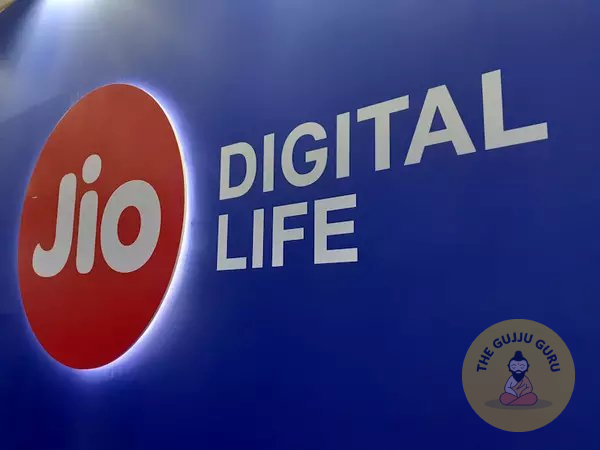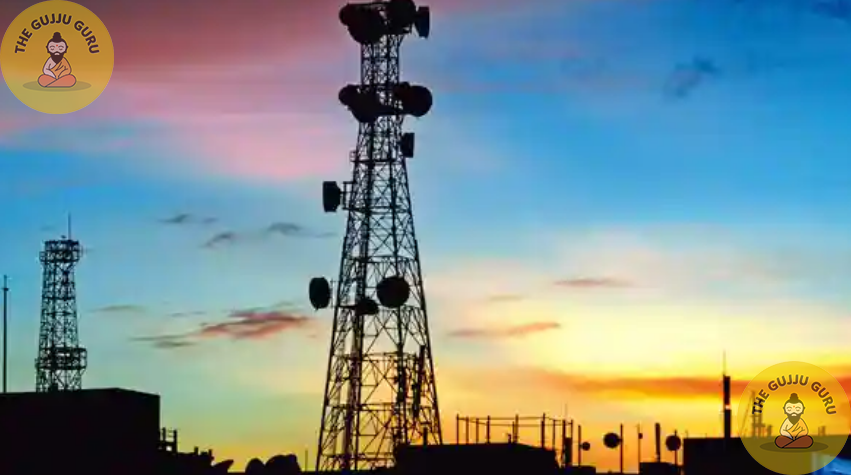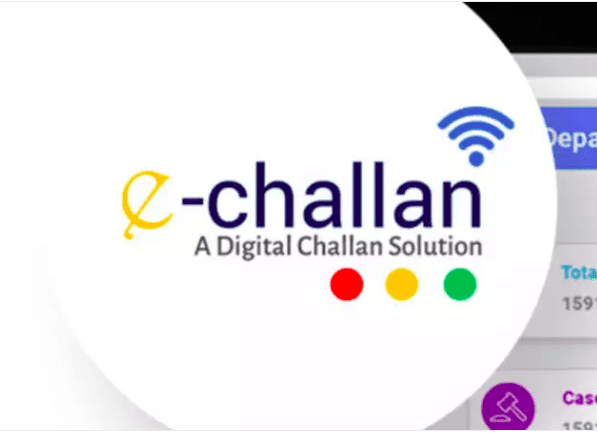In the realm of space exploration, India has steadily made a name for itself over the past few decades. From launching its first satellite, Aryabhata, in 1975 to the Mars Orbiter Mission’s remarkable success in 2013, the Indian Space Research Organisation (ISRO) has consistently pushed boundaries and expanded horizons. In this spirit of scientific curiosity and exploration, ISRO embarked on a groundbreaking mission – PSLV-C57/Aditya-L1, aimed at studying our nearest star, the Sun. Let’s delve into the details of this mission, its significance, and the exciting possibilities it brings to the world of solar science.
The Quest to Understand the Sun
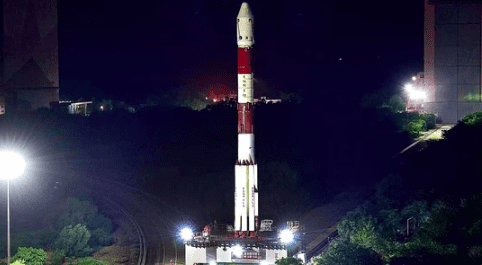
The Sun is an enigmatic and essential celestial body that influences every aspect of our lives on Earth. Its energy powers our planet, drives our climate, and even affects our communication systems. To deepen our understanding of the Sun, its behavior, and the various phenomena associated with it, ISRO launched the Aditya-L1 mission, named after the ancient Indian sun god, Aditya.
This ambitious mission’s primary objective is to study the Sun’s outermost layer, the solar corona, and its magnetic field dynamics. Understanding the solar corona is crucial because it plays a significant role in various space weather phenomena, such as solar flares and coronal mass ejections, which can impact Earth’s technological infrastructure, including satellites and power grids.
The Launch Site: Satish Dhawan Space Centre (SDSC) SHAR, Sriharikota
The launch of PSLV-C57/Aditya-L1 took place from the Satish Dhawan Space Centre (SDSC) SHAR, situated on Sriharikota Island in Andhra Pradesh, India. This spaceport has been the launch site for numerous successful ISRO missions over the years. Known for its state-of-the-art infrastructure and strategic location, SDSC SHAR provides an ideal platform for launching missions into various orbits.
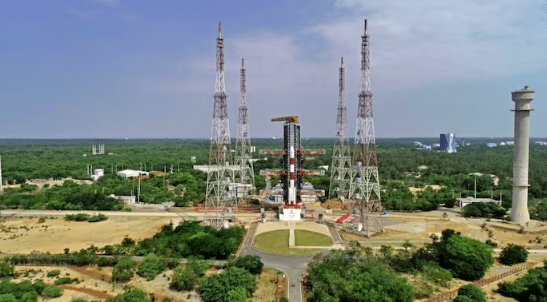
PSLV-C57: The Reliable Workhorse
The Polar Satellite Launch Vehicle (PSLV) has earned its reputation as a reliable and cost-effective launch vehicle, having been the backbone of India’s space program for many years. PSLV-C57 marked another chapter in its impressive history. This launch vehicle was chosen for the Aditya-L1 mission due to its capability to place payloads in polar orbits, a key requirement for studying the Sun.
Payloads and Scientific Instruments
The Aditya-L1 mission carries a suite of scientific instruments specifically designed to study the Sun’s corona and gather crucial data for solar scientists. Some of the key instruments onboard include:
- Visible Emission Line Coronagraph (VELC): This instrument will capture images of the Sun’s outermost layer and help analyze its structure and dynamics.
- Solar Ultraviolet Imaging Telescope (SUIT): SUIT will provide high-resolution images of the Sun’s surface and the solar atmosphere in ultraviolet wavelengths.
- Plasma Analyzer Package for Aditya (PAPA): PAPA will measure the characteristics of charged particles in the solar wind, helping scientists understand its properties.
- Aditya Solar Wind Particle Experiment (ASPEX): ASPEX will focus on studying the composition of the solar wind and its variations.
Significance and Implications
The Aditya-L1 mission holds immense significance for both India and the global scientific community. By studying the Sun’s corona and its magnetic field, scientists aim to better understand solar activity and its impact on Earth’s space environment. This knowledge can help predict space weather events more accurately, ultimately benefiting satellite communication, navigation systems, and power grids.
Furthermore, the mission aligns with India’s commitment to contributing to international space research efforts. Collaborative endeavors like this foster scientific cooperation and knowledge sharing among nations, paving the way for breakthroughs in our understanding of the cosmos.
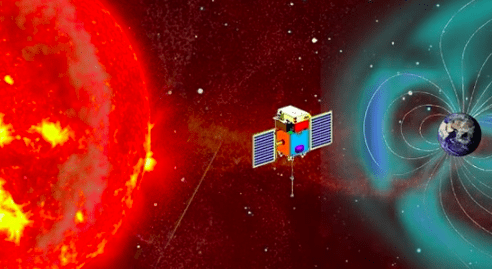
Conclusion
The launch of PSLV-C57/Aditya-L1 from the Satish Dhawan Space Centre in Sriharikota represents a significant milestone in India’s space exploration journey. It underscores ISRO’s dedication to advancing our understanding of the Sun and its impact on Earth’s space environment. As Aditya-L1 embarks on its mission to unlock the mysteries of the solar corona, it promises a brighter future for space science and technology, with implications reaching far beyond the boundaries of our planet.
For Read More Articles Click On The Below Button



